Home>Furniture & Design>Outdoor Furniture>How To Design An Outdoor Living Space
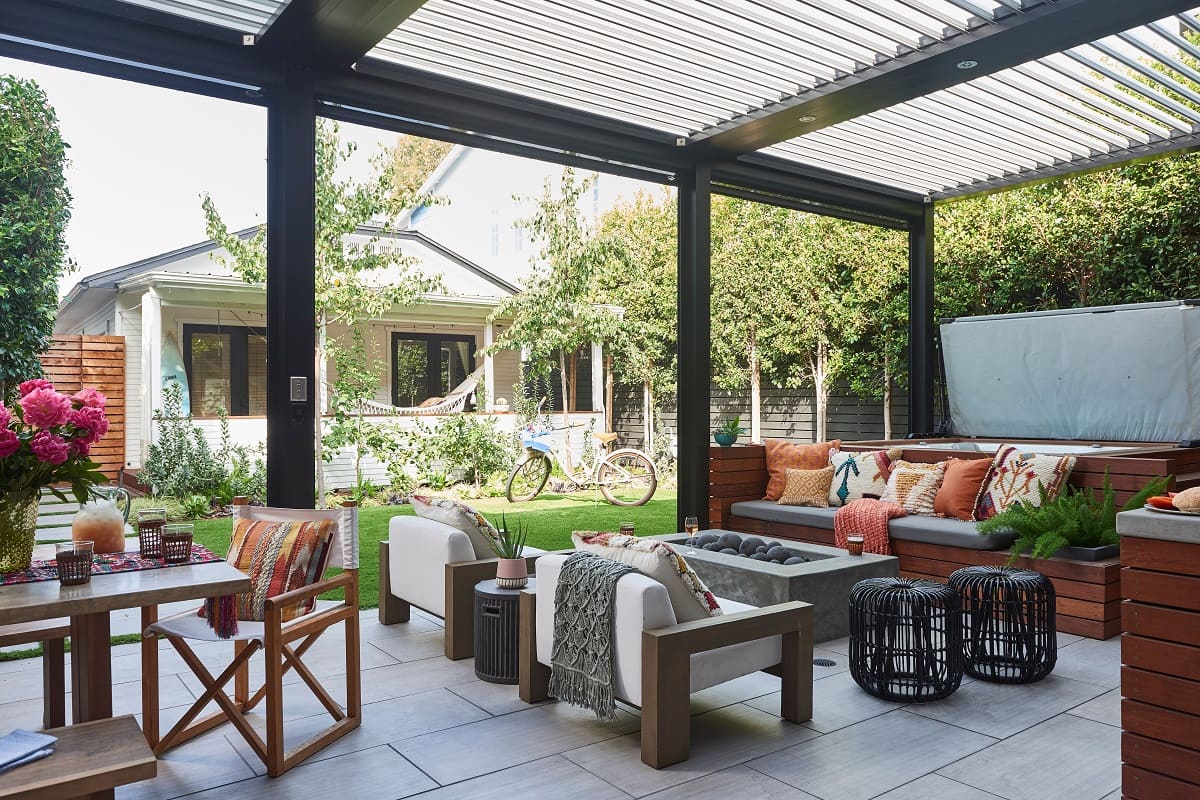

Outdoor Furniture
How To Design An Outdoor Living Space
Modified: August 28, 2024
Transform your outdoor space with our expert tips on outdoor furniture, design, and layout. Create a stylish and functional outdoor living area with our comprehensive guide.
(Many of the links in this article redirect to a specific reviewed product. Your purchase of these products through affiliate links helps to generate commission for Storables.com, at no extra cost. Learn more)
Introduction
Designing an outdoor living space is an exhilarating endeavor, offering the opportunity to extend your home beyond its four walls and create a harmonious blend of comfort and style in the open air. Whether you have a sprawling backyard, a cozy balcony, or a petite patio, transforming your outdoor space into a functional and inviting oasis is a rewarding experience that enhances the overall appeal and functionality of your property.
The process of designing an outdoor living space involves a thoughtful and strategic approach, encompassing various elements such as furniture selection, layout design, material choices, and decorative accents. This comprehensive guide is crafted to provide you with invaluable insights and practical tips to help you navigate the intricacies of outdoor space design, allowing you to unleash your creativity and craft a captivating al fresco retreat that reflects your personal style and meets your lifestyle needs.
From assessing the available space and setting clear goals to choosing the right materials, creating functional zones, and incorporating greenery and lighting, each step in the design process plays a pivotal role in shaping an outdoor sanctuary that seamlessly integrates with nature while exuding warmth and sophistication. By delving into the nuances of outdoor furniture, décor, and landscaping, you can elevate your outdoor living space into a captivating extension of your home, where you can unwind, entertain, and bask in the beauty of the great outdoors.
Embark on this enriching journey of outdoor space design, and let your imagination take flight as you explore the myriad possibilities to curate a mesmerizing outdoor haven that beckons you to revel in the splendor of nature while relishing the comforts of home. Let's delve into the fundamental steps that will guide you through the process of designing an outdoor living space that transcends the ordinary and embodies your unique vision.
Key Takeaways:
- Designing an outdoor living space involves assessing the area, setting clear goals, choosing durable materials, creating functional zones, and integrating greenery and lighting to create a captivating and sustainable al fresco sanctuary.
- The thoughtful selection of furniture, lighting, and accessories, along with personal touches and a comprehensive maintenance strategy, ensures that your outdoor space remains a soulful and enduring extension of your home, fostering a sense of connection and delight in the splendor of outdoor living.
Read more: Creating A Cozy Outdoor Living Room
Assessing Your Outdoor Space
Before delving into the design process, it is essential to conduct a thorough assessment of your outdoor space. Begin by taking stock of the available area, considering its size, layout, and existing features. Assess the natural elements such as sunlight exposure, prevailing winds, and any potential obstructions. Understanding these factors will enable you to make informed decisions when it comes to layout, furniture placement, and the overall design scheme.
Take note of the architectural and landscape features that can influence the design, such as trees, shrubbery, architectural structures, and the proximity to neighboring properties. These elements can serve as focal points, create privacy, or present design challenges that need to be addressed creatively.
Moreover, consider the intended use of the outdoor space. Are you envisioning a tranquil retreat for relaxation, a vibrant entertainment area for gatherings, or a versatile space that accommodates various activities? Understanding the primary function of the space will guide your design choices and layout decisions, ensuring that the final design aligns with your lifestyle and preferences.
Assess the existing infrastructure, such as water and power sources, as they can influence the placement of amenities like outdoor kitchens, water features, and lighting. Additionally, evaluate the ground surface and any existing hardscaping, as these elements can impact the feasibility of certain design features and the selection of materials.
By thoroughly assessing your outdoor space, you can gain valuable insights that inform the subsequent steps in the design process. This initial phase sets the foundation for a well-conceived design that maximizes the potential of your outdoor area, creating a seamless integration with your indoor living spaces while harnessing the beauty and functionality of the great outdoors.
Setting Goals and Priorities
As you embark on the journey of designing your outdoor living space, it’s crucial to establish clear goals and priorities that align with your vision for the space. Consider the activities and experiences you aspire to enjoy in your outdoor oasis. Whether it’s creating a serene retreat for unwinding after a long day, hosting lively gatherings with friends and family, or cultivating a vibrant garden sanctuary, defining the primary purpose of the space will serve as a guiding beacon throughout the design process.
Identify the key elements that are essential to fulfilling your vision. This may include comfortable seating areas, dining spaces, cooking facilities, recreational zones, or specific features such as fire pits, water features, or a dedicated area for gardening. By prioritizing these elements, you can allocate your resources effectively and ensure that the design reflects your aspirations and lifestyle.
Consider the ambiance and aesthetic you wish to evoke in your outdoor space. Whether you lean towards a contemporary, minimalist design with clean lines and sleek furnishings, or a rustic, nature-inspired retreat adorned with organic textures and earthy tones, defining the desired style will guide your material and decor selections, creating a cohesive and visually appealing outdoor environment.
Furthermore, establish practical considerations such as maintenance requirements, durability, and weather resistance. Selecting materials and furnishings that can withstand the elements and require minimal upkeep will contribute to a functional and sustainable outdoor space that can be enjoyed for years to come.
Setting clear goals and priorities at the outset of the design process empowers you to make informed decisions and channel your creative energies towards realizing a space that encapsulates your aspirations and enriches your lifestyle. By aligning the design with your unique vision and practical needs, you can cultivate an outdoor sanctuary that transcends mere functionality, becoming a soulful extension of your home that beckons you to savor the beauty of outdoor living.
Choosing the Right Materials
When it comes to designing an outdoor living space, the selection of materials plays a pivotal role in shaping the aesthetic appeal, durability, and functionality of the environment. From furniture and flooring to decorative accents and structural elements, choosing the right materials is essential to creating a cohesive and resilient outdoor sanctuary that withstands the rigors of the elements while exuding timeless elegance.
Start by considering the climate and environmental conditions specific to your region. If your area experiences extreme heat, intense sunlight, or heavy rainfall, opt for materials that are UV-resistant, fade-resistant, and impervious to moisture. For example, teak, cedar, and synthetic rattan are popular choices for outdoor furniture due to their natural resistance to weathering and decay. Similarly, materials like composite decking, porcelain tiles, and natural stone are favored for outdoor flooring for their durability and low maintenance requirements.
Embrace the interplay of textures and finishes to infuse visual interest and tactile appeal into your outdoor space. Incorporate materials with varying textures, such as smooth metal surfaces, rough-hewn stone, or woven textiles, to create a rich sensory experience that adds depth and character to the design.
Consider the sustainability and eco-friendliness of the materials you choose. Opt for responsibly sourced wood, recycled plastics, and eco-conscious textiles to minimize the environmental impact of your outdoor space while contributing to a more sustainable lifestyle.
Harmonize the material palette with the overall design aesthetic, ensuring that the selected materials complement the style and ambiance you wish to evoke. Whether you lean towards the warmth of natural wood, the sleekness of metal, or the versatility of wicker, aligning the material choices with the design vision fosters a harmonious and visually compelling outdoor environment.
By thoughtfully selecting materials that marry form and function, you can craft an outdoor living space that resonates with enduring beauty, resilience, and environmental mindfulness. The careful curation of materials paves the way for a captivating outdoor sanctuary that invites you to revel in the splendor of nature while being cocooned in comfort and style.
Creating Zones and Flow
Designing an outdoor living space involves more than just arranging furniture; it entails creating distinct zones that cater to different activities and moods while ensuring a seamless flow between them. By delineating functional areas and establishing a cohesive spatial arrangement, you can optimize the usability and visual appeal of your outdoor sanctuary, fostering a sense of harmony and purpose within the space.
Begin by defining the primary activities you envision in your outdoor space, such as dining, lounging, cooking, gardening, or recreational pursuits. Allocate dedicated zones for these activities, considering factors such as proximity to the house, privacy, and natural focal points within the landscape.
Establish a natural flow and connectivity between the various zones to facilitate effortless movement and engagement within the space. Incorporate pathways, visual cues, and landscaping features to guide the eye and encourage exploration while maintaining a sense of coherence and balance.
Integrate transitional spaces that serve as buffers between different zones, such as cozy nooks, transitional seating areas, or garden pathways. These transitional elements contribute to the overall flow of the space, creating a sense of progression and discovery as one moves through the outdoor environment.
Consider the visual and functional relationships between the different zones, ensuring that they complement each other while maintaining distinct identities. Whether it’s through the use of landscaping, architectural features, or strategic furniture placement, harmonizing the various zones fosters a holistic and inviting outdoor experience.
Embrace the concept of outdoor “rooms” by utilizing architectural and landscaping elements to define and enclose specific areas within the outdoor space. This approach creates a sense of intimacy and purpose within each zone, enhancing the overall functionality and allure of the outdoor living environment.
By thoughtfully crafting zones and promoting a harmonious flow within your outdoor space, you can cultivate an inviting and versatile environment that accommodates diverse activities and moods while celebrating the beauty of outdoor living. The artful orchestration of zones and flow elevates your outdoor sanctuary into a captivating extension of your home, beckoning you to savor the splendor of al fresco living in style and comfort.
When designing an outdoor living space, consider the natural elements like sunlight, wind, and shade. Plan for comfortable seating, durable materials, and a focal point like a fire pit or water feature.
Selecting Furniture and Décor
Choosing the right furniture and décor is instrumental in shaping the ambiance, functionality, and visual allure of your outdoor living space. Whether you envision a cozy retreat for solitary relaxation, a vibrant entertainment area for hosting gatherings, or a multifunctional oasis that accommodates various activities, the selection of furniture and décor sets the stage for a captivating al fresco experience that reflects your personal style and enhances your outdoor lifestyle.
When selecting outdoor furniture, prioritize comfort, durability, and visual appeal. Opt for weather-resistant materials such as teak, aluminum, resin wicker, or wrought iron that can withstand the elements and require minimal maintenance. Consider the ergonomics and cushioning of seating options to ensure optimal comfort for lounging, dining, and socializing.
Embrace a cohesive design aesthetic by harmonizing the style of the furniture with the overall ambiance you wish to create. Whether your preference leans towards modern minimalism, classic elegance, eclectic bohemian, or rustic charm, aligning the furniture style with the design vision fosters a harmonious and visually compelling outdoor environment.
Integrate versatile pieces that cater to the diverse activities you intend to engage in. From sectional sofas and dining sets to chaise lounges, daybeds, and ottomans, select furniture that accommodates relaxation, dining, and socializing while maximizing the functionality of the space.
Elevate the visual allure of your outdoor sanctuary with thoughtfully curated décor elements. Incorporate weather-resistant rugs, throw pillows, and outdoor textiles that infuse color, texture, and personality into the space. Embrace decorative lighting such as string lights, lanterns, and sconces to create a captivating ambiance and extend the usability of the outdoor area into the evening hours.
Integrate nature-inspired accents such as potted plants, succulents, and ornamental foliage to infuse a touch of greenery and organic charm into your outdoor environment. Embrace the interplay of textures and materials to add depth and visual interest to the décor, creating a sensory-rich and inviting outdoor retreat.
By thoughtfully selecting furniture and décor that align with your lifestyle, design vision, and practical needs, you can transform your outdoor living space into a captivating extension of your home. The artful curation of furniture and décor elements fosters an inviting and stylish outdoor environment that beckons you to savor the beauty of al fresco living in comfort and elegance.
Adding Lighting and Accessories
Lighting and accessories play a transformative role in enhancing the ambiance, functionality, and visual allure of your outdoor living space. From extending the usability of the area into the evening hours to infusing a captivating charm and practicality, the strategic integration of lighting and accessories elevates your outdoor sanctuary into a captivating haven that beckons you to revel in the beauty of al fresco living.
Illuminate your outdoor environment with a carefully orchestrated lighting scheme that encompasses both functional and decorative elements. Incorporate ambient lighting, such as overhead fixtures, wall sconces, and post lights, to ensure adequate visibility and safety while creating a welcoming atmosphere for evening gatherings and relaxation.
Embrace decorative lighting elements to infuse a touch of enchantment and visual interest into your outdoor space. From string lights and lanterns to decorative torches and LED candles, these accents add a whimsical and inviting ambiance, casting a warm glow that accentuates the beauty of the outdoor environment.
Integrate task lighting in areas dedicated to specific activities, such as cooking zones, dining areas, and pathways. Utilize under-counter lighting, pendant lights, and portable lamps to provide targeted illumination that enhances functionality and aesthetics while promoting a sense of intimacy and purpose within the space.
Accessorize your outdoor sanctuary with thoughtfully curated elements that harmonize with the design aesthetic and cater to your lifestyle needs. Incorporate weather-resistant throw blankets, outdoor rugs, and decorative cushions to add comfort and visual appeal to seating areas, creating a cozy and inviting atmosphere for relaxation and socializing.
Integrate practical accessories such as outdoor storage solutions, serving carts, and beverage coolers to enhance the functionality and convenience of the outdoor space. These elements contribute to a seamless and enjoyable outdoor experience, allowing you to entertain and unwind with ease.
Embrace nature-inspired accessories such as sculptural planters, ornamental water features, and artful garden accents to infuse a touch of organic charm and visual intrigue into your outdoor environment. These elements add depth and personality to the space, creating a captivating and soulful outdoor retreat.
By thoughtfully integrating lighting and accessories that align with your design vision and lifestyle, you can elevate your outdoor living space into a captivating extension of your home. The artful orchestration of lighting and accessories fosters an inviting and stylish outdoor environment that beckons you to savor the beauty of al fresco living in comfort and elegance.
Incorporating Greenery and Landscaping
Greenery and landscaping are pivotal elements in crafting a captivating outdoor living space that seamlessly integrates with nature while enhancing the visual appeal and tranquility of the environment. From lush foliage and ornamental plants to artful hardscaping and tranquil water features, the thoughtful integration of greenery and landscaping elements enriches your outdoor sanctuary, creating a harmonious and rejuvenating retreat that celebrates the beauty of the natural world.
Begin by assessing the existing landscape and identifying opportunities to enhance the natural beauty of the outdoor space. Consider the topography, soil conditions, and microclimates to select plant species that thrive in the specific environment, ensuring a flourishing and sustainable landscape.
Integrate a diverse array of plantings, including ornamental trees, shrubs, flowering perennials, and seasonal blooms, to create a layered and visually captivating landscape. Embrace a mix of textures, colors, and forms to add depth and visual interest, fostering a dynamic and immersive outdoor experience.
Utilize landscaping features such as retaining walls, pathways, and garden borders to define and structure the outdoor space, creating a sense of enclosure and purpose within the landscape. These elements contribute to the overall flow and functionality of the outdoor environment while adding architectural interest and visual appeal.
Incorporate water elements such as fountains, ponds, or cascading water features to introduce a tranquil and sensory-rich dimension to your outdoor sanctuary. The soothing presence of water fosters a serene ambiance and serves as a focal point that enhances the overall allure and relaxation potential of the space.
Integrate outdoor structures such as pergolas, arbors, and trellises to add architectural interest and provide a framework for climbing plants and vines. These elements create shaded retreats, define transitional spaces, and contribute to the overall aesthetic and functionality of the outdoor environment.
Embrace the concept of sustainable landscaping by selecting native plants, implementing water-efficient irrigation systems, and utilizing eco-friendly hardscaping materials. This eco-conscious approach minimizes environmental impact while fostering a resilient and low-maintenance outdoor landscape.
By thoughtfully incorporating greenery and landscaping elements that harmonize with the natural surroundings and design vision, you can cultivate a captivating outdoor sanctuary that invites you to savor the beauty of al fresco living in a tranquil and rejuvenating setting. The artful integration of greenery and landscaping elements transforms your outdoor space into a soulful and immersive retreat that celebrates the splendor of nature.
Final Touches and Maintenance
As you near the completion of your outdoor living space design, attending to the final touches and establishing a maintenance regimen are essential steps in ensuring the longevity, functionality, and visual appeal of your al fresco sanctuary. From adding personal flourishes to implementing practical maintenance strategies, these concluding measures elevate your outdoor environment into a captivating and sustainable oasis that beckons you to relish the beauty of outdoor living.
Embrace personal touches that reflect your individual style and enhance the character of the outdoor space. Incorporate artful accents, such as sculptures, wind chimes, or outdoor artwork, to infuse a touch of personality and visual intrigue into the environment, creating a space that resonates with your unique sensibilities.
Integrate outdoor storage solutions, such as weather-resistant cabinets, deck boxes, and garden sheds, to maintain a clutter-free and organized outdoor environment. These practical additions contribute to the functionality and visual tidiness of the space, ensuring that essential items are readily accessible while preserving the aesthetic appeal of the outdoor sanctuary.
Establish a maintenance routine that encompasses regular cleaning, inspection, and upkeep of the outdoor elements. This may include cleaning and treating outdoor furniture, sweeping and tidying outdoor surfaces, inspecting and maintaining landscaping features, and addressing any wear and tear to ensure the longevity and pristine condition of the outdoor environment.
Implement a seasonal maintenance schedule that accounts for specific tasks tailored to each time of the year. This may involve winterizing outdoor amenities, preparing planting beds for seasonal changes, and conducting routine checks on structural and decorative elements to address any maintenance needs proactively.
Integrate sustainable practices into your maintenance regimen, such as composting organic waste, utilizing eco-friendly cleaning products, and embracing water-wise gardening techniques. These eco-conscious measures minimize environmental impact while fostering a sustainable and responsible approach to maintaining your outdoor sanctuary.
Embrace the concept of evolving your outdoor space to accommodate changing needs and preferences. Consider flexible furnishings, adaptable landscaping features, and versatile décor elements that allow for easy reconfiguration and updates, ensuring that your outdoor environment remains dynamic and aligned with your lifestyle.
By attending to the final touches and establishing a comprehensive maintenance strategy, you can cultivate a captivating and sustainable outdoor sanctuary that invites you to revel in the beauty of al fresco living. The thoughtful integration of personal touches and maintenance practices ensures that your outdoor space remains a soulful and enduring extension of your home, fostering a sense of connection and delight in the splendor of outdoor living.
Conclusion
Designing an outdoor living space is a transformative journey that transcends the mere arrangement of furniture and décor; it is a soulful endeavor that celebrates the harmony between human habitation and the natural world. From the initial assessment of your outdoor space to the thoughtful curation of materials, zones, and greenery, each step in the design process contributes to the creation of a captivating and functional al fresco sanctuary that enriches your lifestyle and beckons you to savor the beauty of outdoor living.
By setting clear goals and priorities, choosing the right materials, and creating well-defined zones, you have crafted an outdoor environment that reflects your aspirations and embraces the rhythms of nature. The thoughtful selection of furniture, lighting, and accessories has elevated your outdoor space into a stylish and inviting extension of your home, fostering a seamless integration with the great outdoors.
Incorporating greenery, landscaping, and personal touches has added depth, tranquility, and character to your outdoor sanctuary, creating a rejuvenating retreat that captivates the senses and nurtures the spirit. As you attend to the final touches and establish a maintenance regimen, you ensure that your outdoor space remains a sustainable and enduring haven that evolves with your needs and delights you with each passing season.
Embrace the enchanting allure of your outdoor living space, where the gentle rustle of leaves, the warm glow of ambient lighting, and the fragrant embrace of blossoms converge to create an immersive and soul-stirring experience. Whether you seek quiet moments of introspection, convivial gatherings with loved ones, or the simple joy of basking in the open air, your outdoor sanctuary awaits, a testament to the artful fusion of design, nature, and the human spirit.
As you embark on this enriching journey of outdoor space design, may your al fresco sanctuary be a source of inspiration, rejuvenation, and cherished memories, inviting you to savor the splendor of outdoor living in a space that resonates with your heart and enlivens your senses.
Frequently Asked Questions about How To Design An Outdoor Living Space
Was this page helpful?
At Storables.com, we guarantee accurate and reliable information. Our content, validated by Expert Board Contributors, is crafted following stringent Editorial Policies. We're committed to providing you with well-researched, expert-backed insights for all your informational needs.
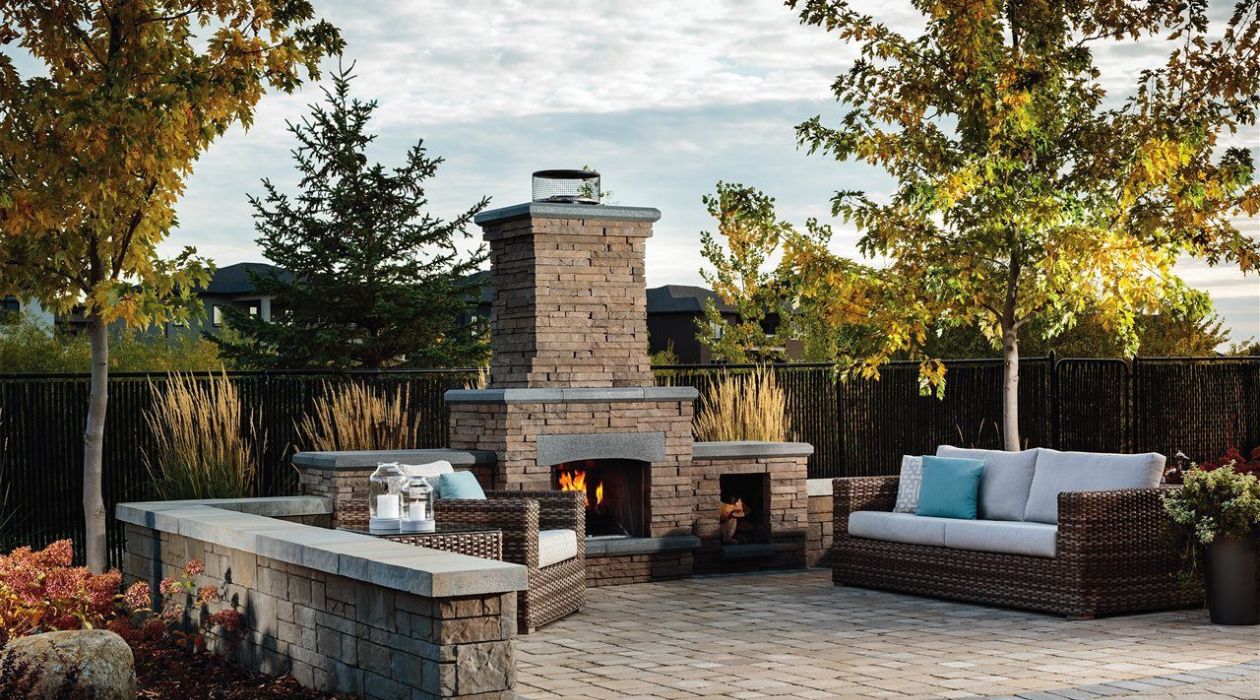
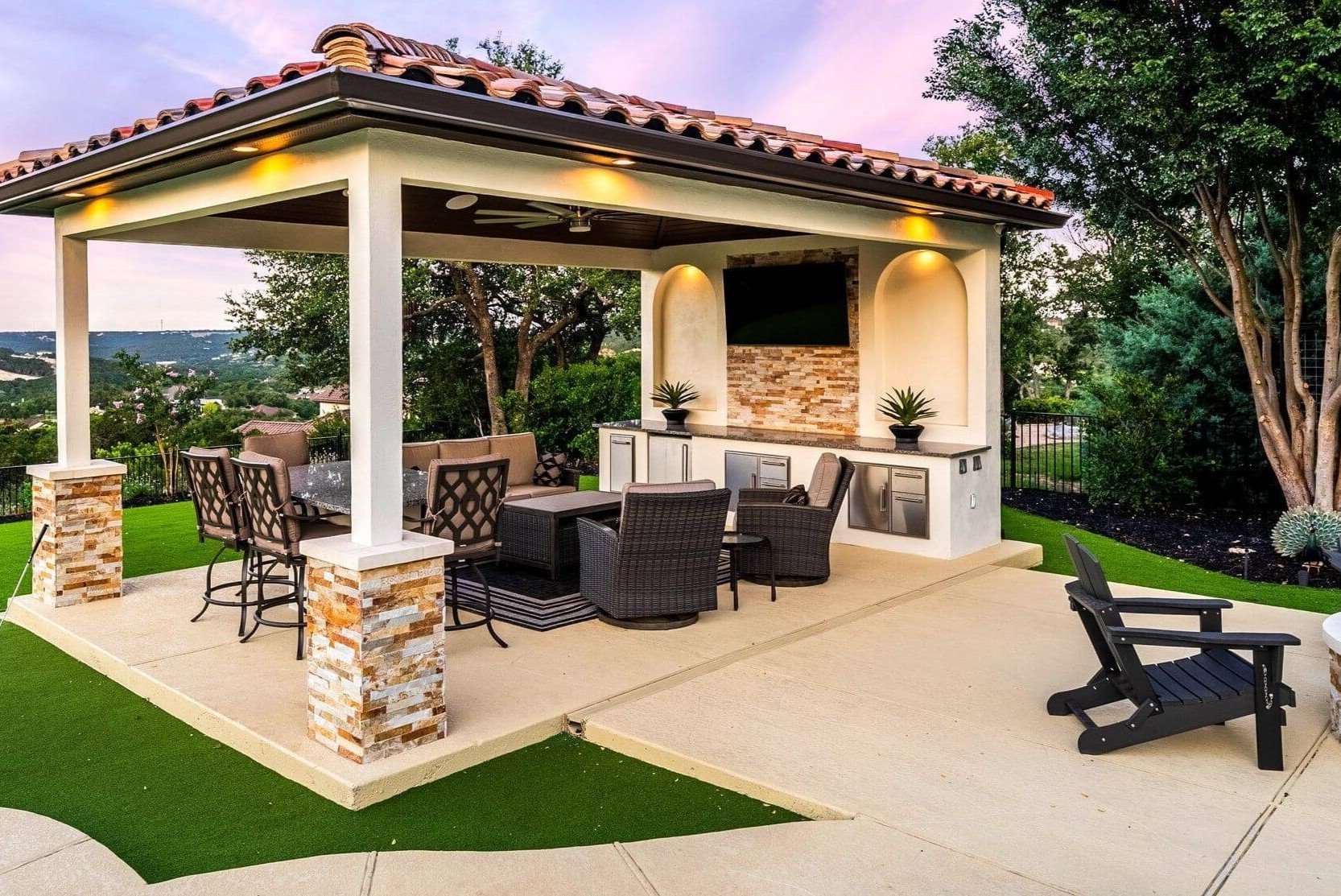
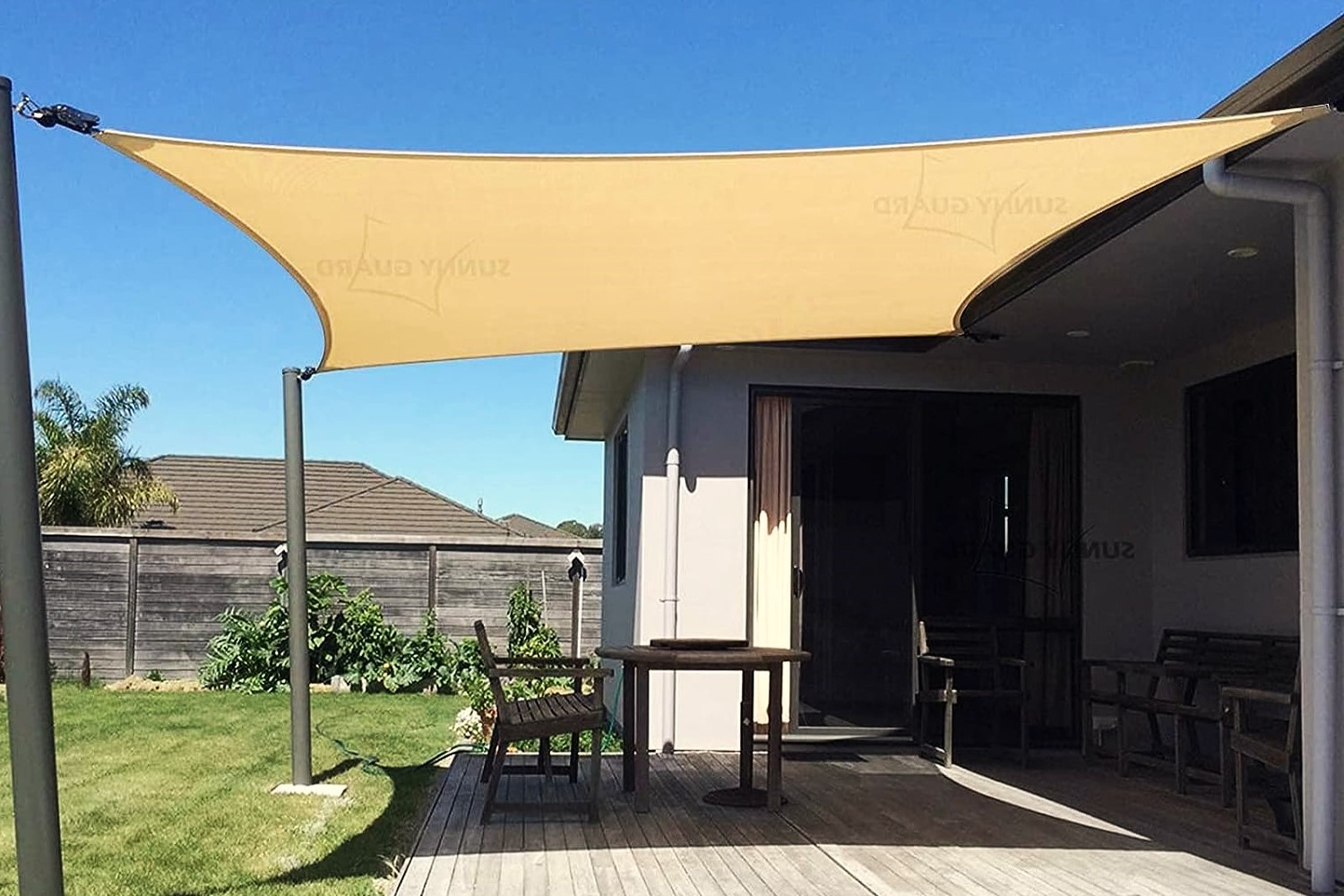
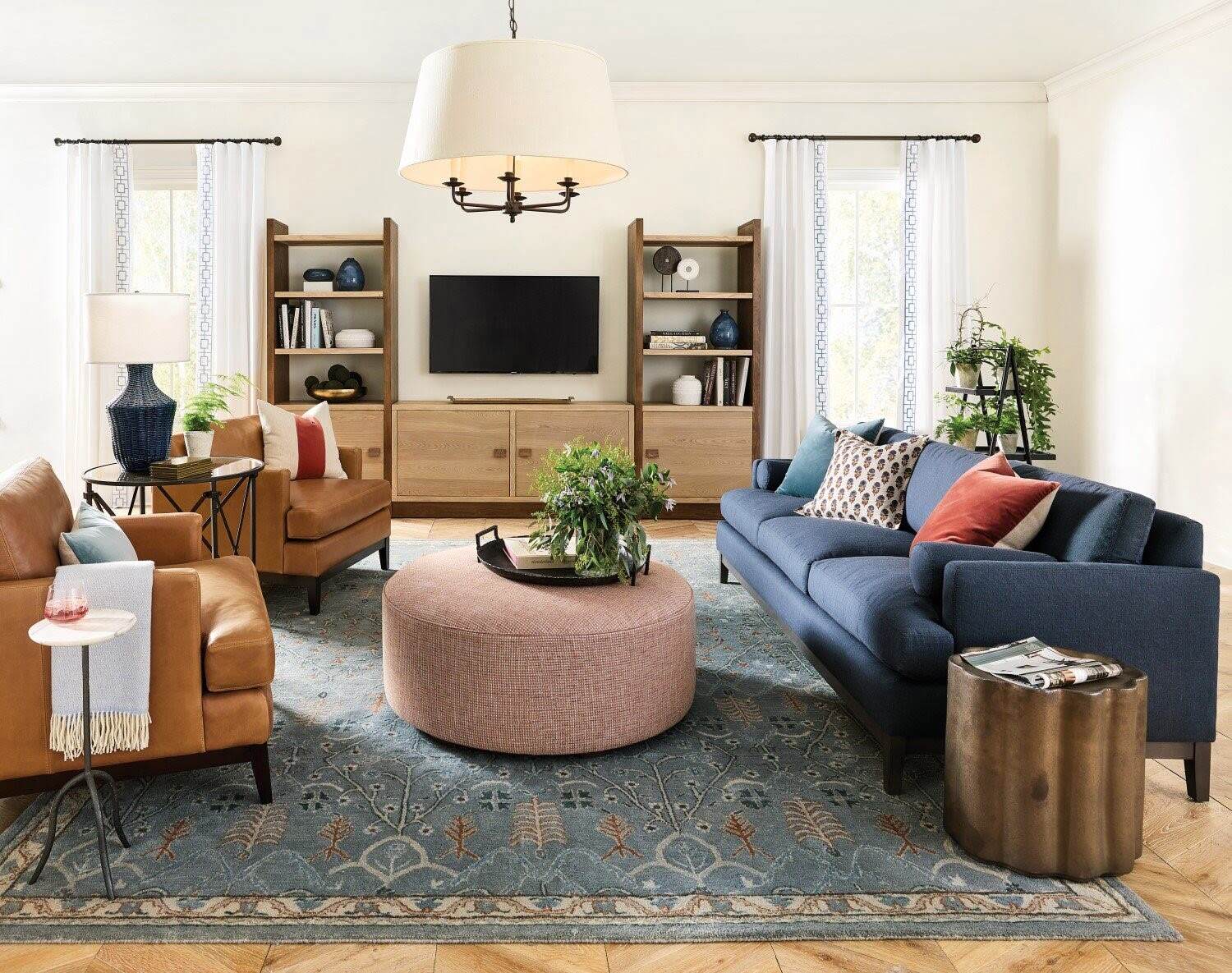
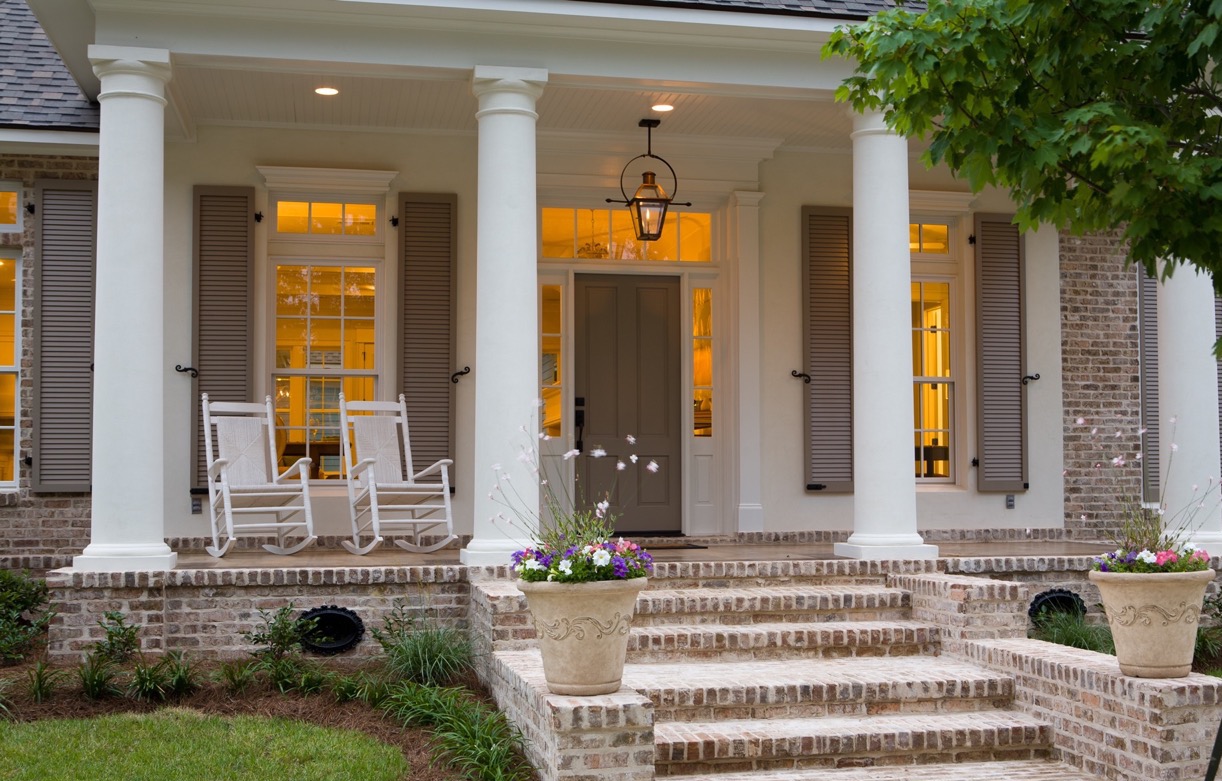
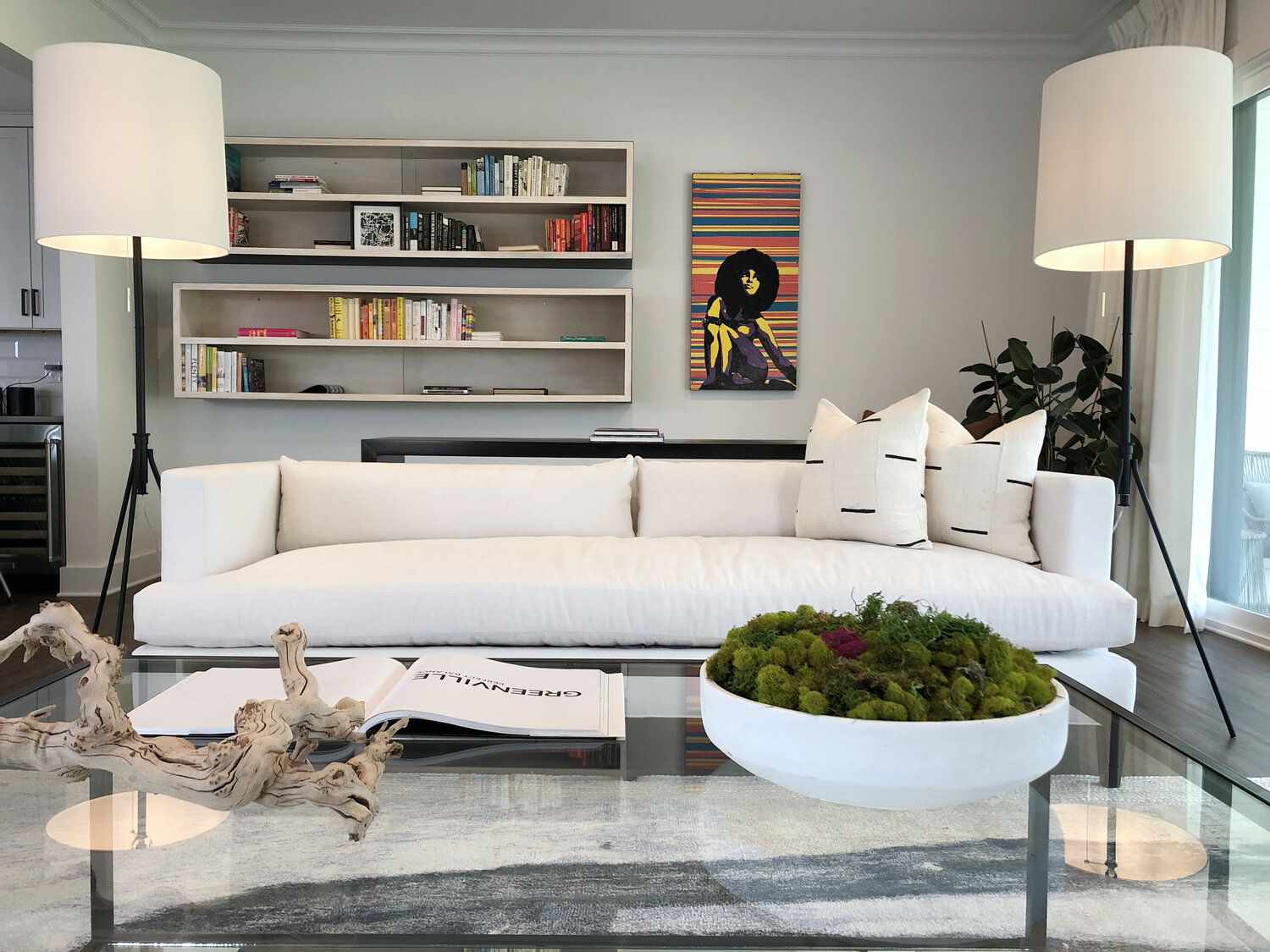
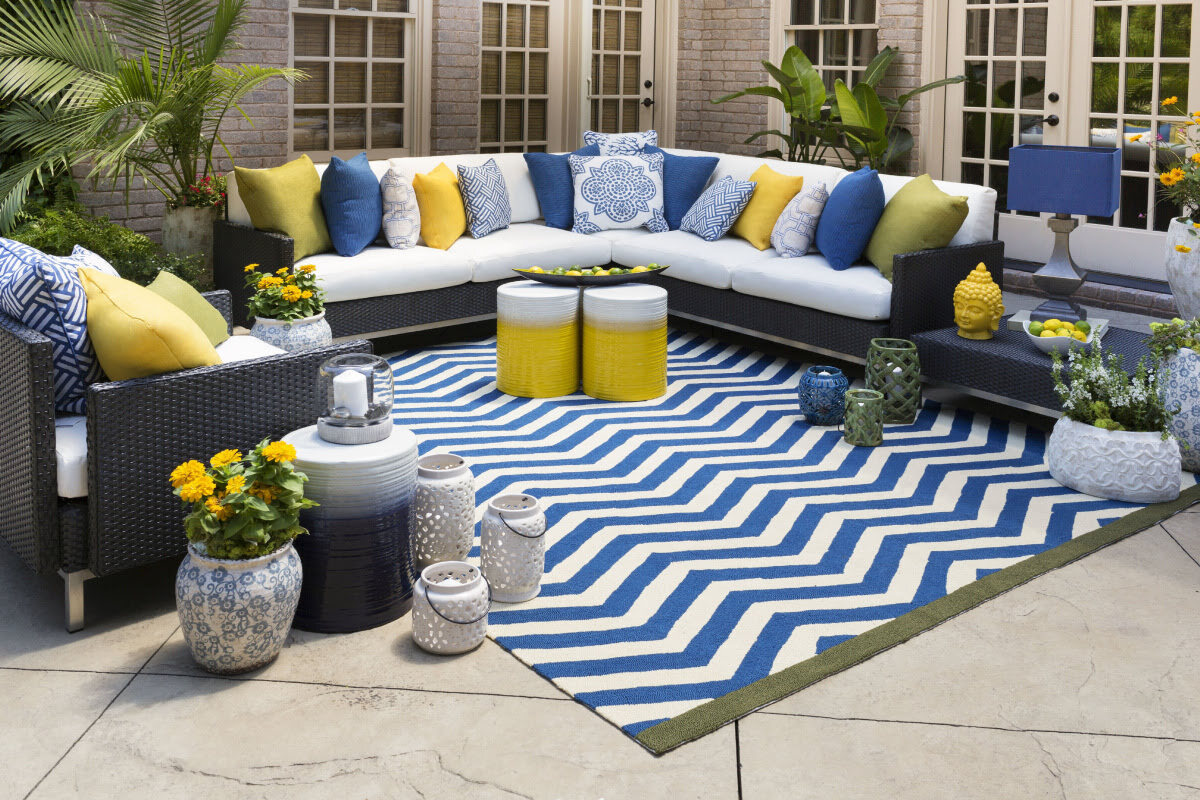
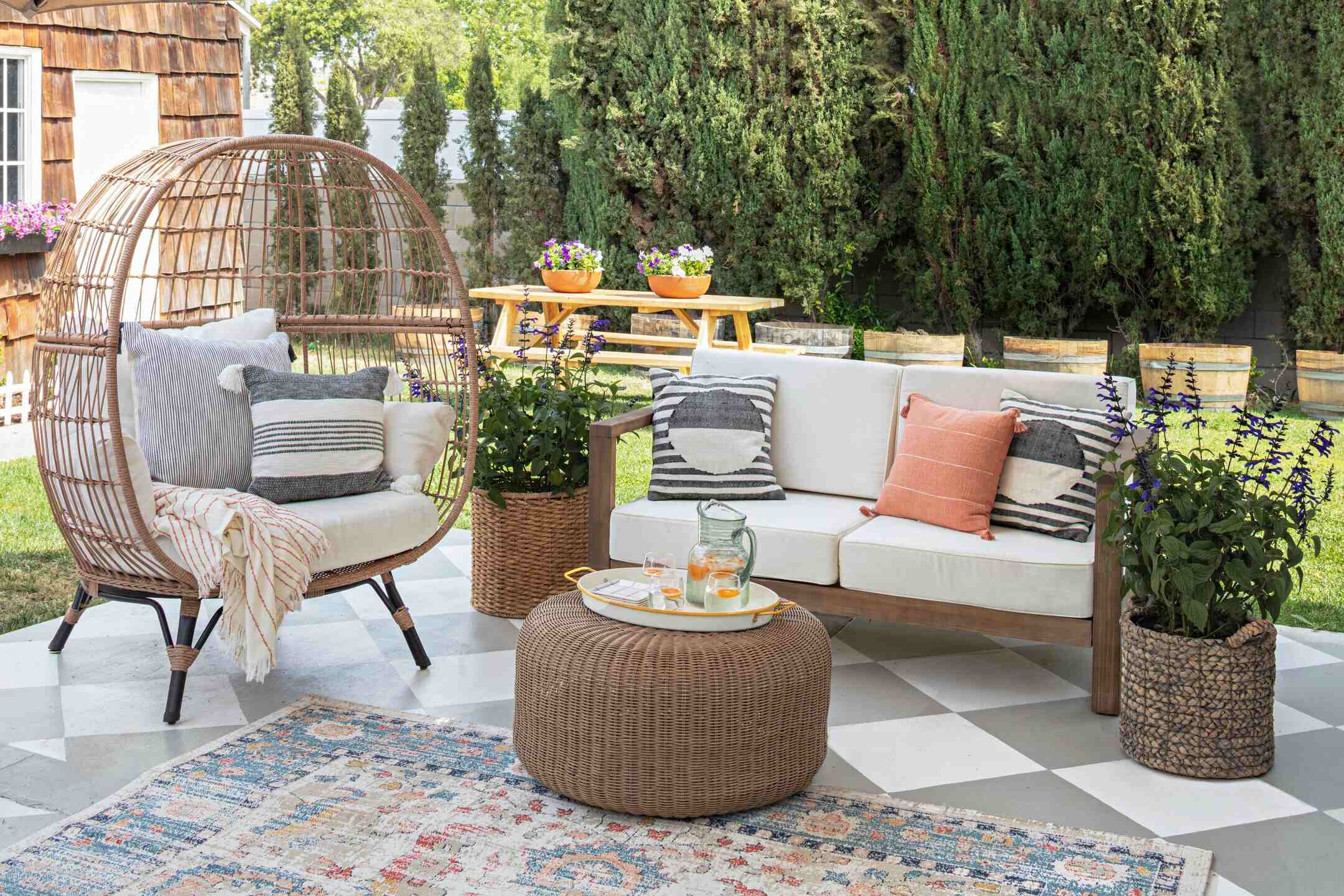
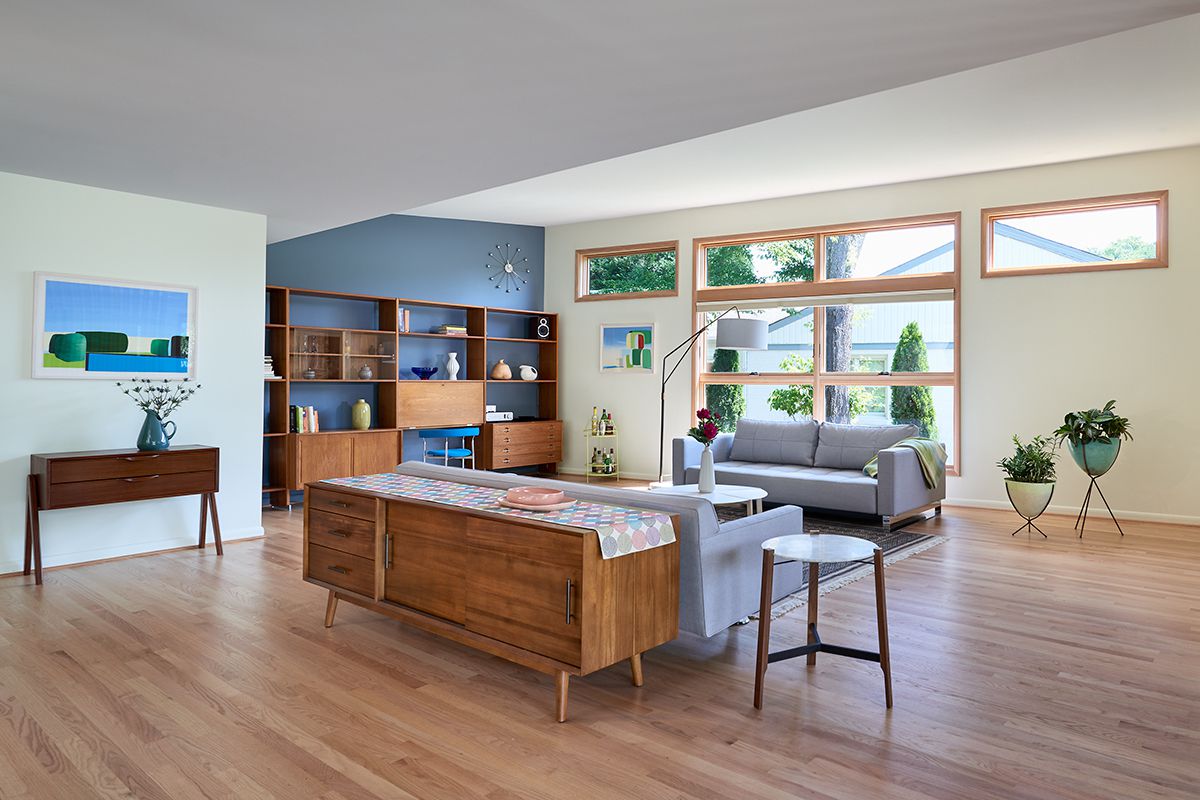
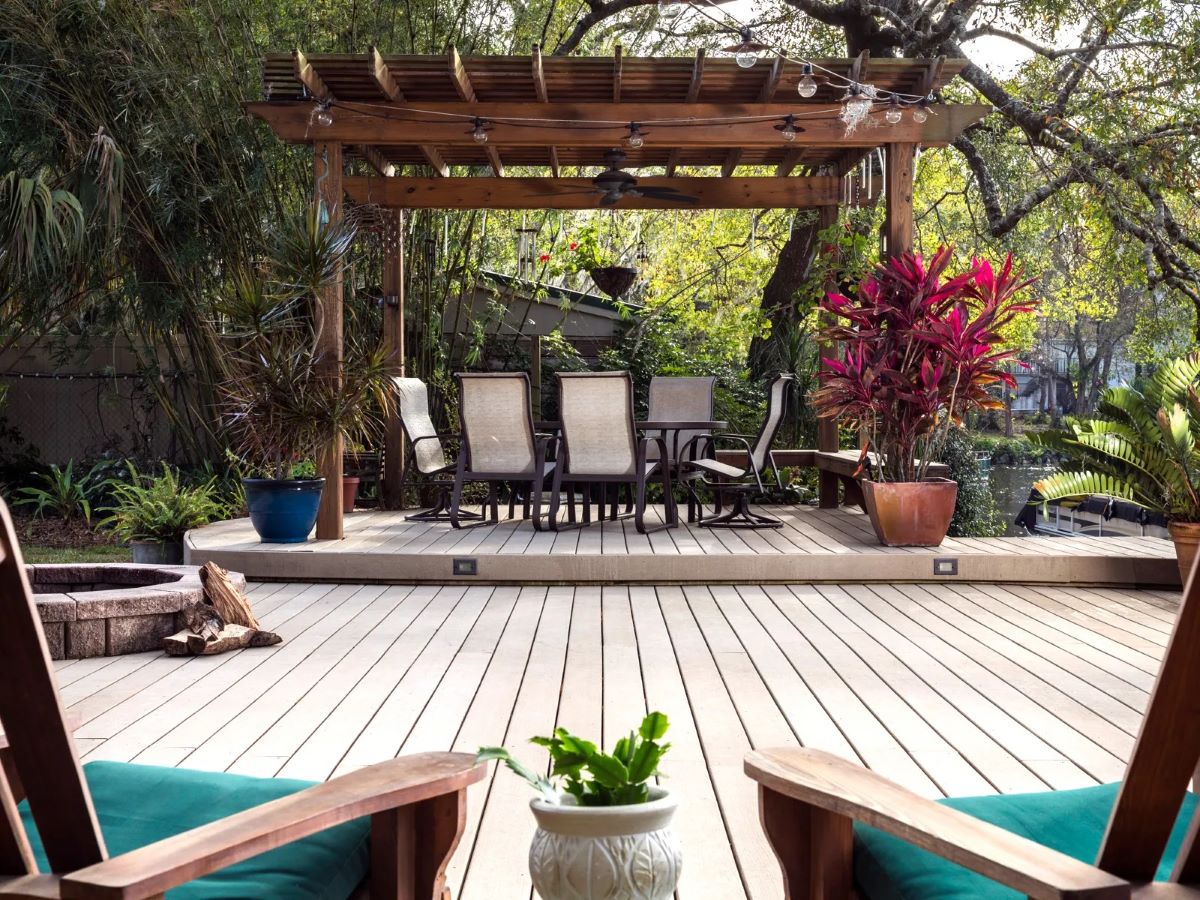
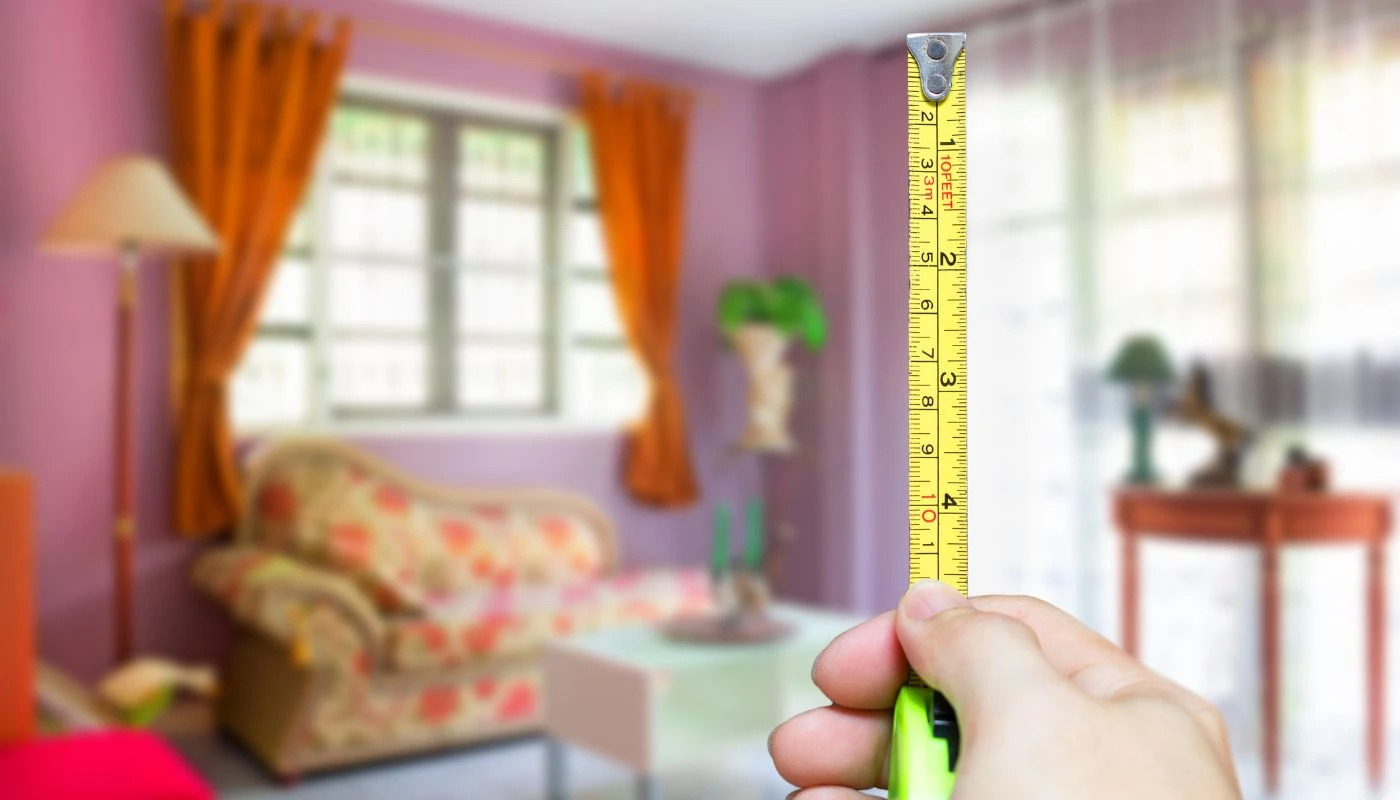
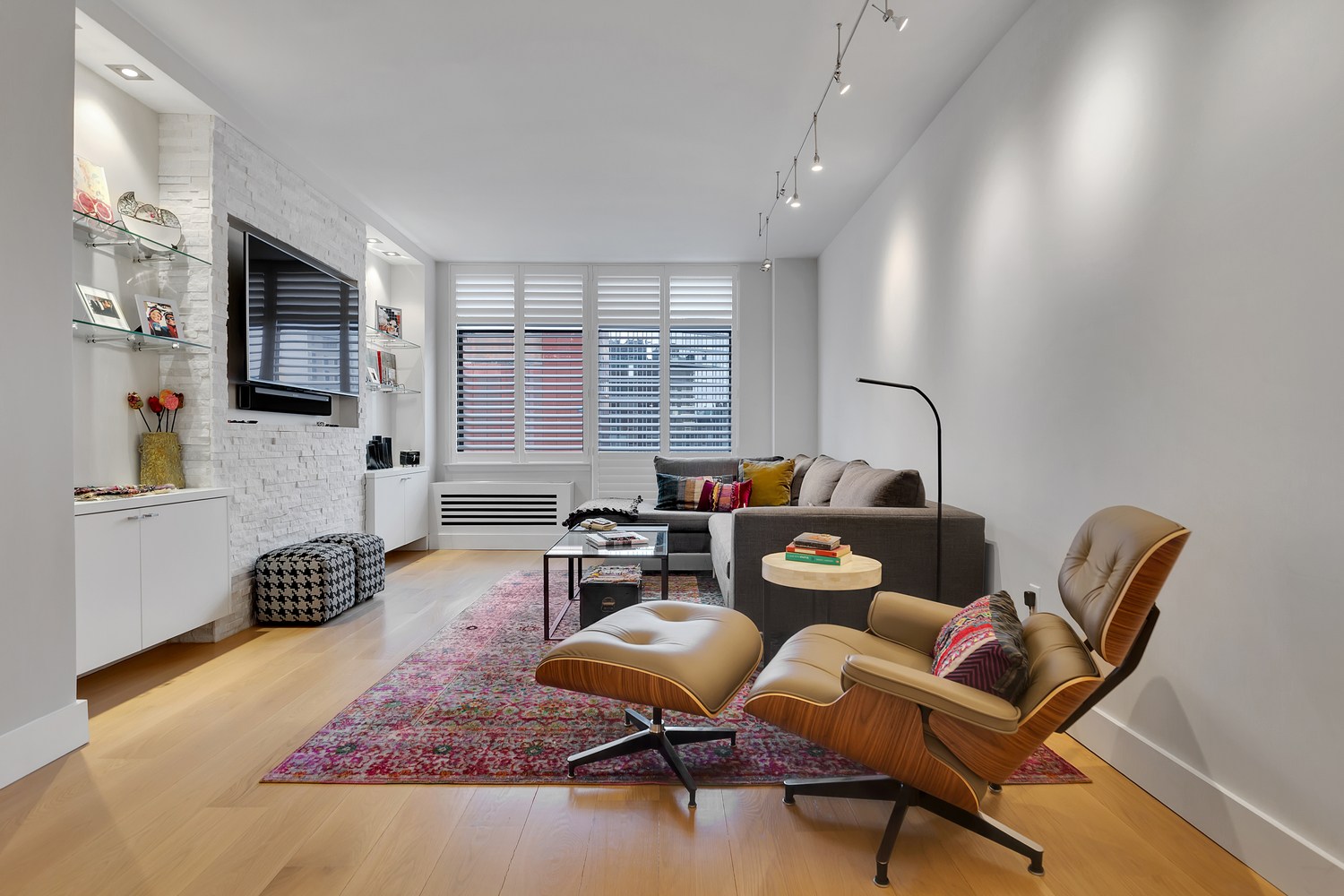
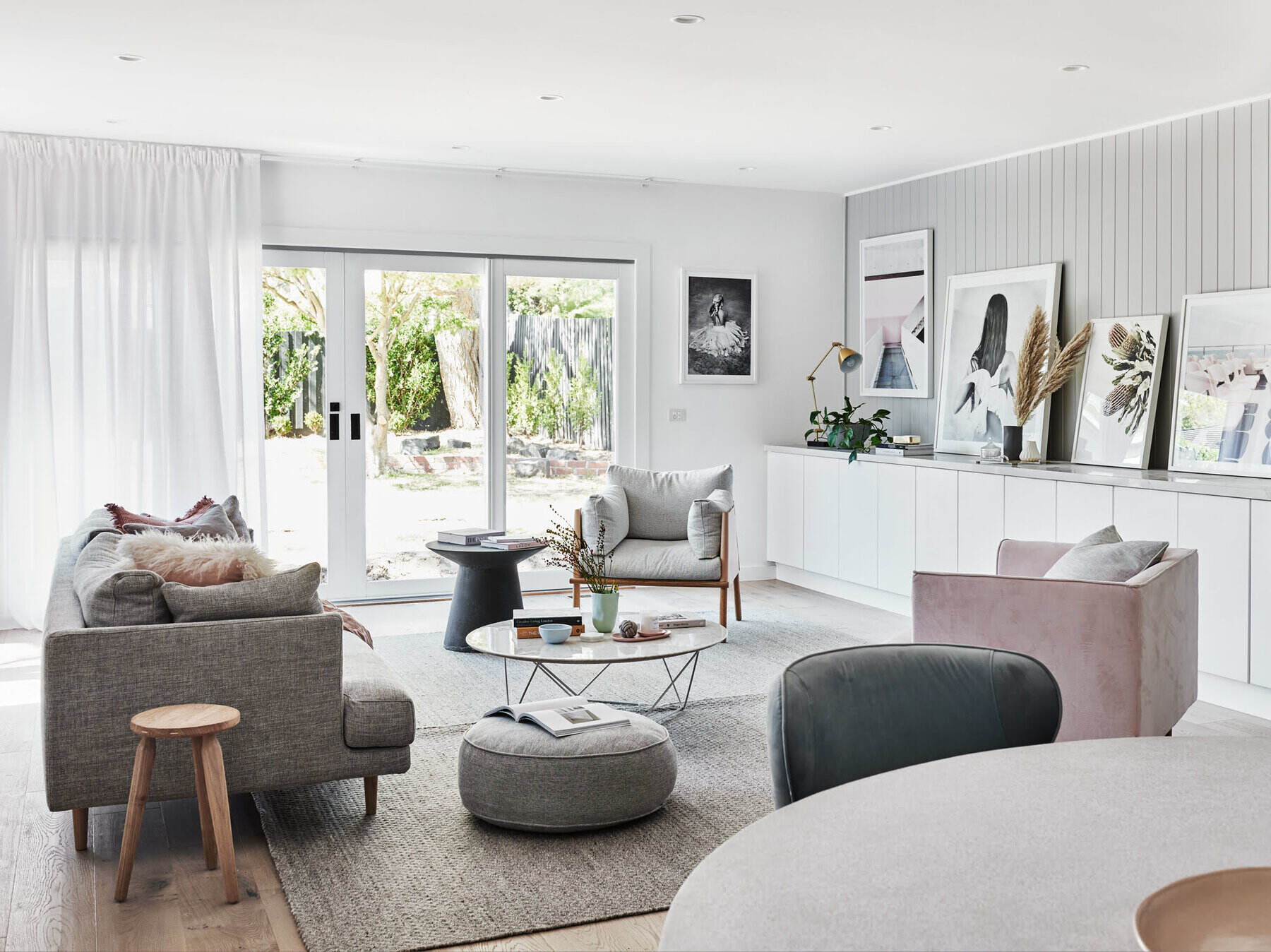

0 thoughts on “How To Design An Outdoor Living Space”